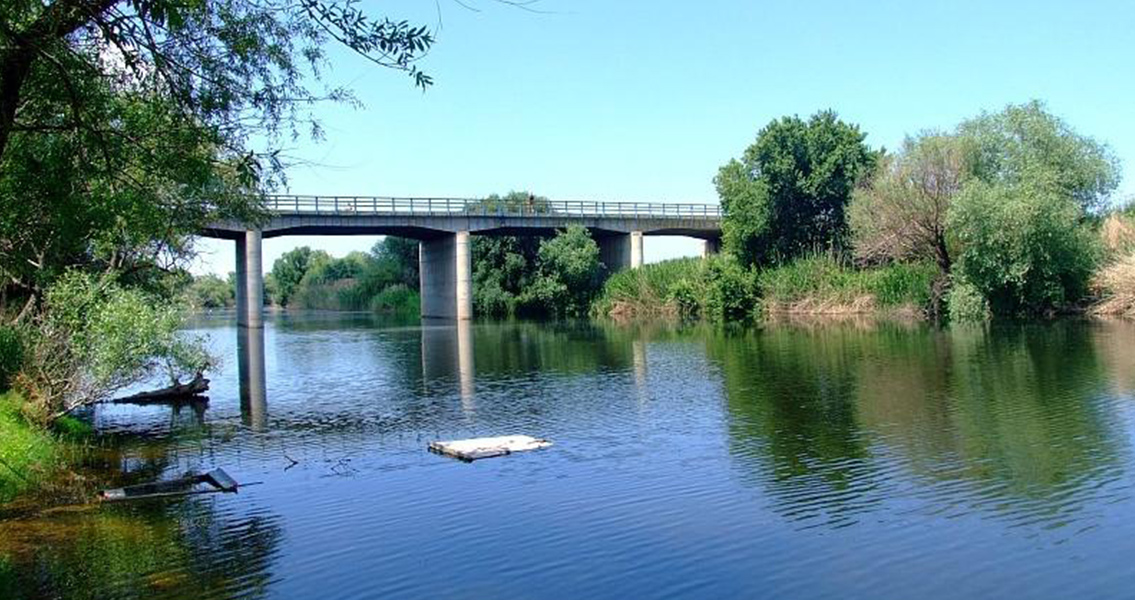<![CDATA[A stone tool is rewriting our understanding of when humans crossed into Europe. Palaeolithic stone tools have been found in western Turkey before, but it is usually very difficult to precisely determine when they date from. As a result, it has always been very difficult to ascertain when early humans crossed the Anatolian peninsula. For example, the earliest hominin (group consisting of modern humans, extinct human species and all our immediate ancestors) fossils, attributed to Homo erectus, were recovered in 2007 in the Denizli basin. Unfortunately, these bones can only tell us so much as it has not been possible to precisely date them yet. The newfound stone tool discovered in ancient deposits of the Gediz river however, has shed new light on when humans first crossed the Anatolian Peninsula into Europe. Made mainly from quartz, the tool is around five centimetres long and shows evidence of having been carefully hammered by another, harder tool. After analysing the marks on the stone, it became clear that it was not created naturally. The cuts suggest it had been struck with force by a hard hammer, meaning it is highly unlikely that it was shaped by natural processes. Most importantly, this tool has been dated, and found to be at least 1.2 million years old. “This discovery is critical for establishing the timing and route of early human dispersal into Europe," said Prof Danielle Schreve of Royal Holloway University of London, who is a co-author of the paper detailing the discovery, to be published in the journal Quaternary Science Reviews. “Our research suggests that the flake is the earliest securely-dated artefact from Turkey ever recorded and was dropped on the floodplain by an early hominin well over a million years ago.” It appears that the stone flake was dropped on the floodplain of an active river meander. The meander in question cut through lavas aged around 1.24 million years old; this provided the researchers with the earliest possible date for when the stone tool could have been discarded. Through further analysis, the team were able to ascertain the latest date the artefact could have been dropped. The river was dammed by a later lava flow, around 1.17 million years ago, meaning the tool must have been discarded before that date. It is remarkable to have such a precisely dated object from the distant past, one which provides clear evidence of early hominins crossing the Anatolian peninsula. Prof. Darrel Maddy of Newcastle University, lead author on the study, added “although the find of an individual struck flake may not in itself be unusual, the observation is significant because we can assign a precise time range to the artefact and thus the presence of hominins.” Prof Maddy hopes this discovery will see archaeologists working closely with geologists in order to track early human movements. By combining skills and expertise from different disciplines, it is possible to reveal unknown information. Working in an inter-disciplinary way, archaeologists and geologists can hopefully learn a lot from each other's findings. Image courtesy of Wikimedia commons user: Mr. Necdet Düzen]]>
First Human Crossing Into Europe Precisely Dated
